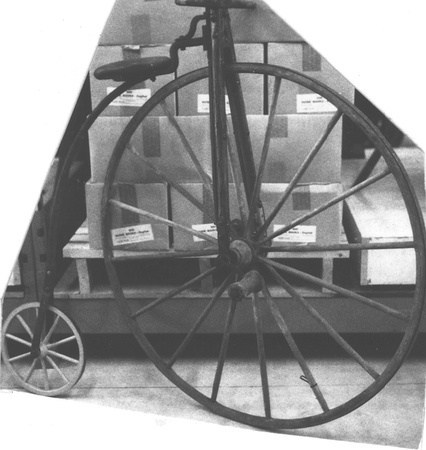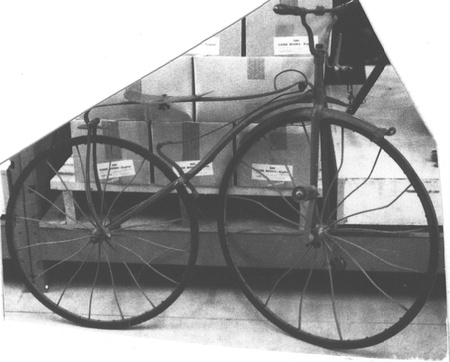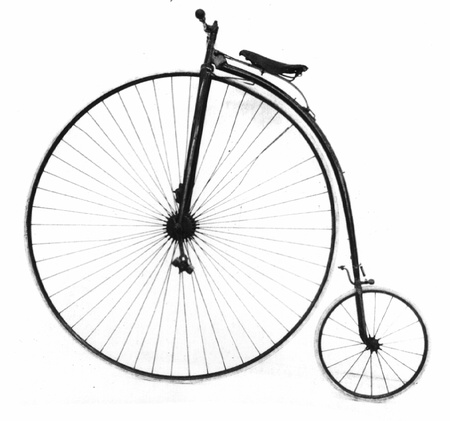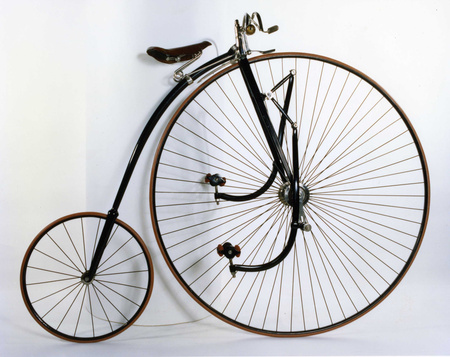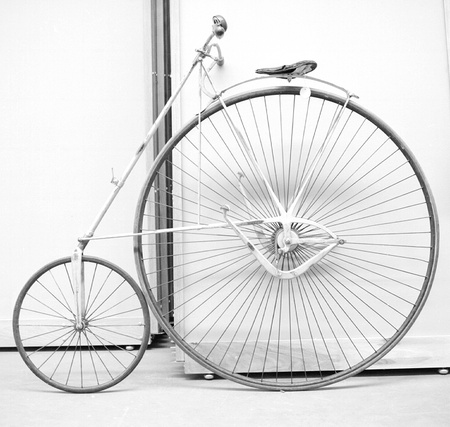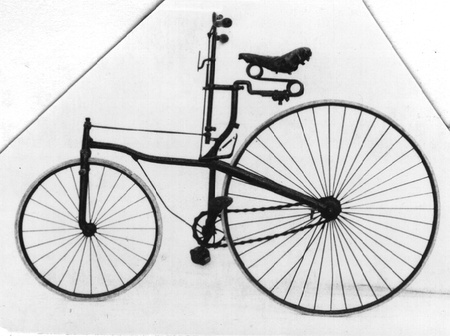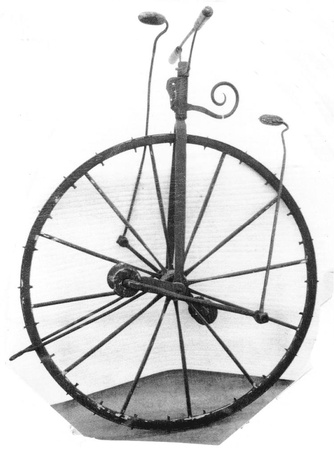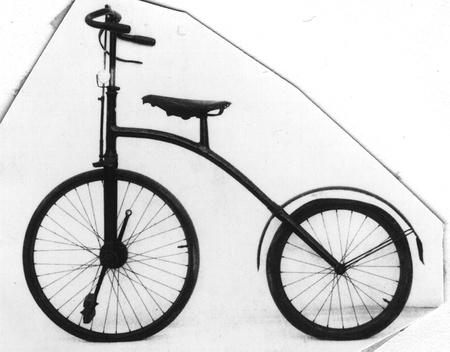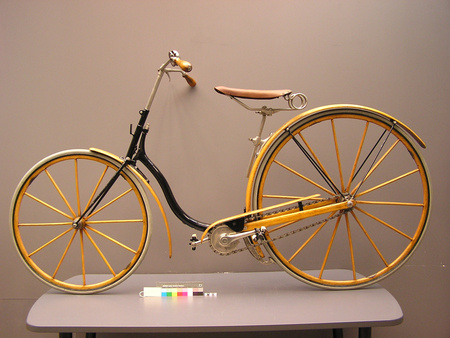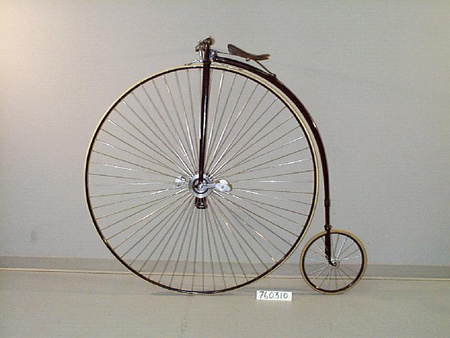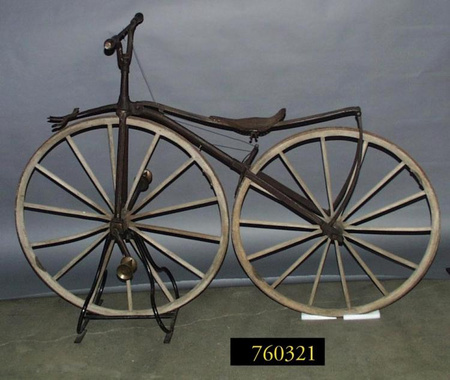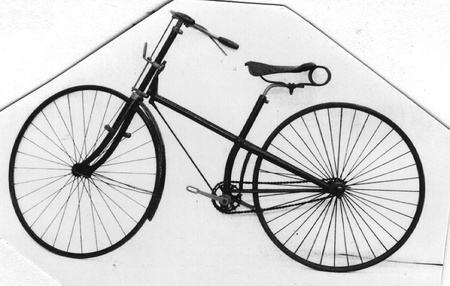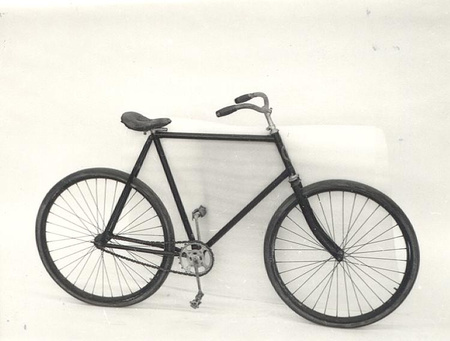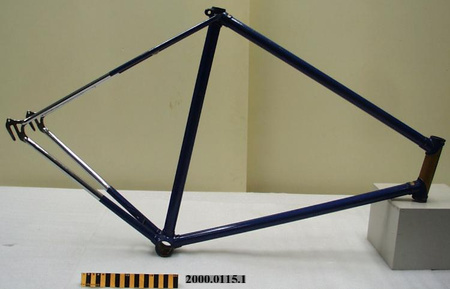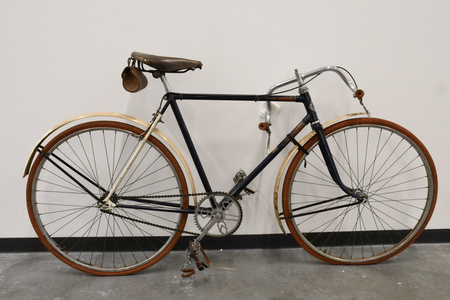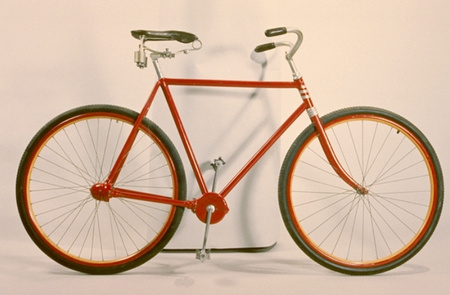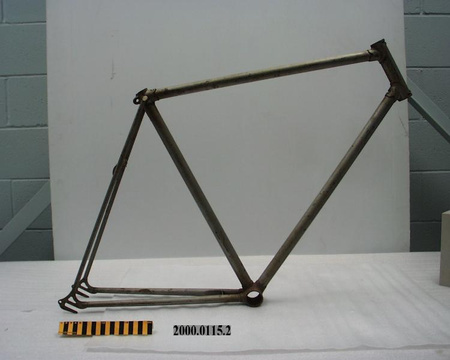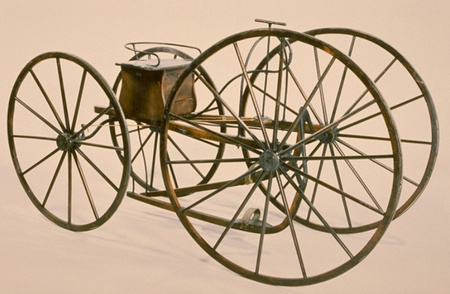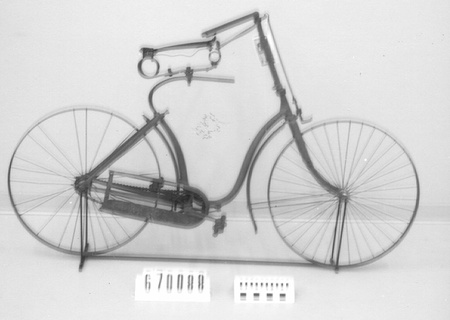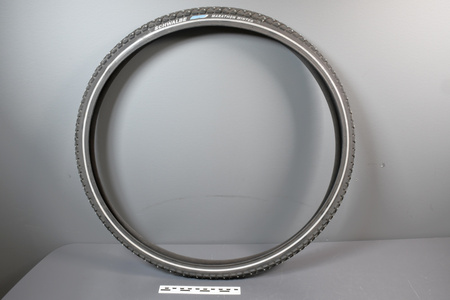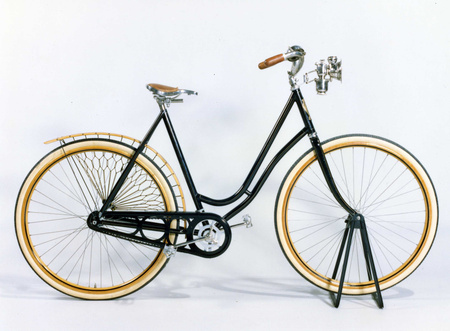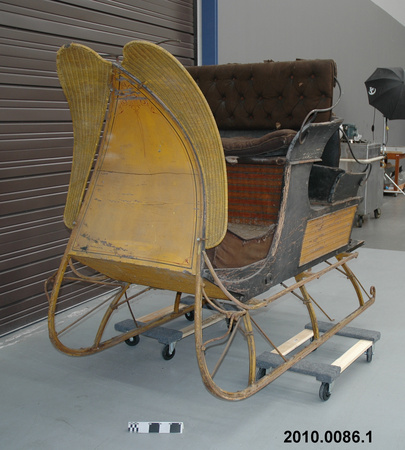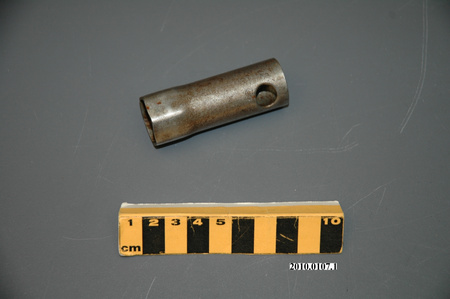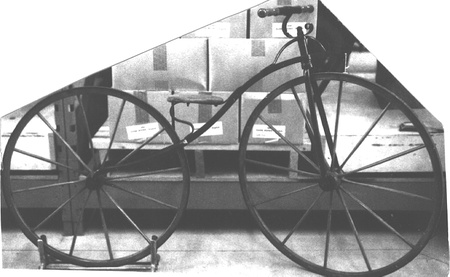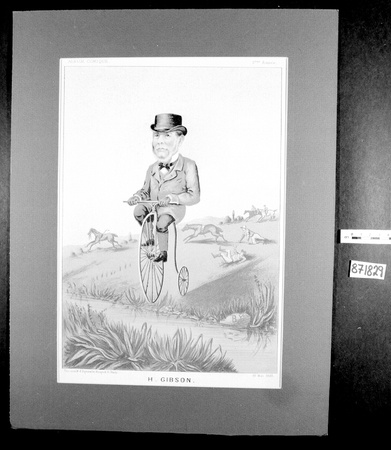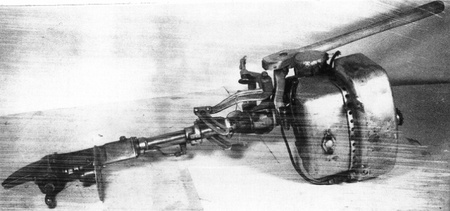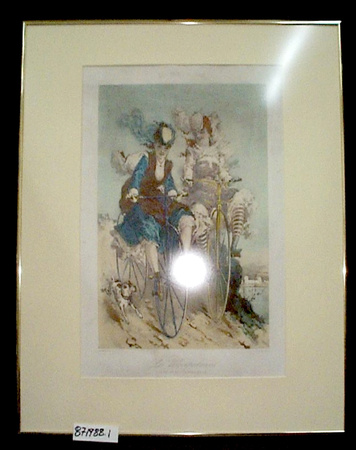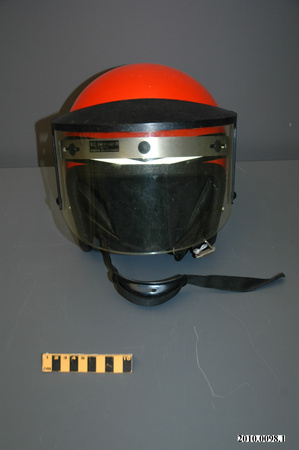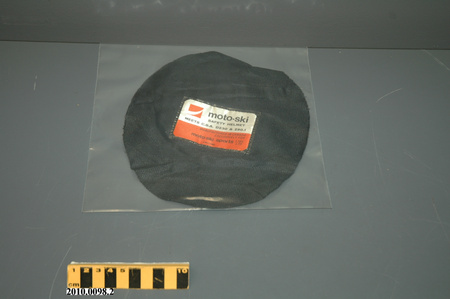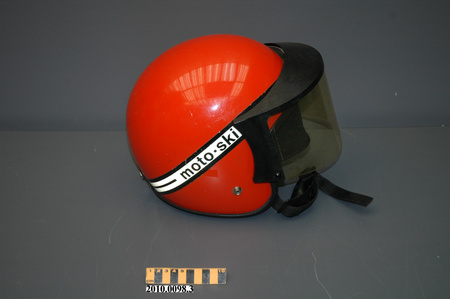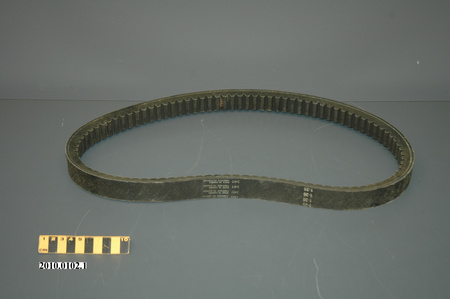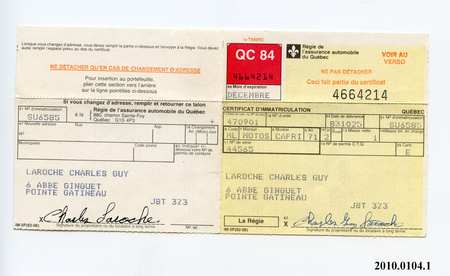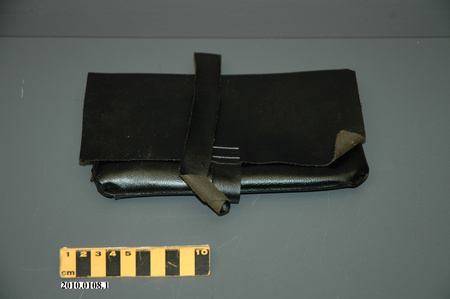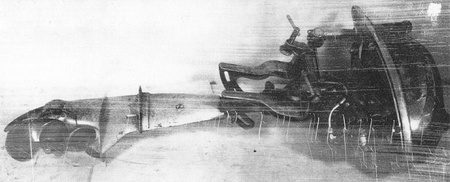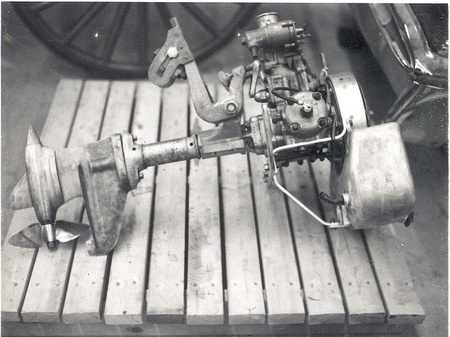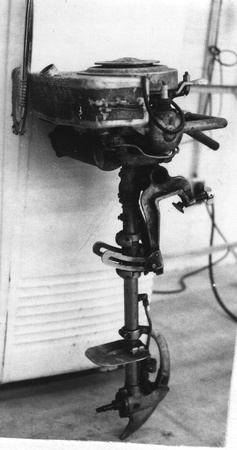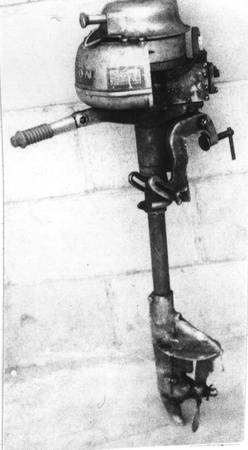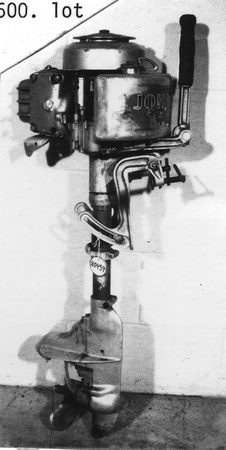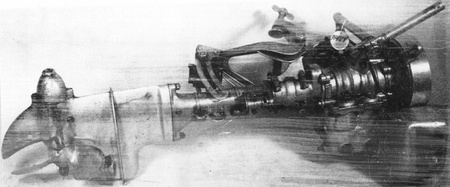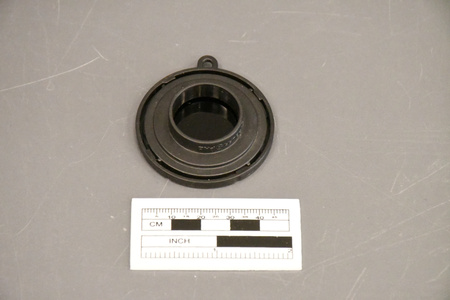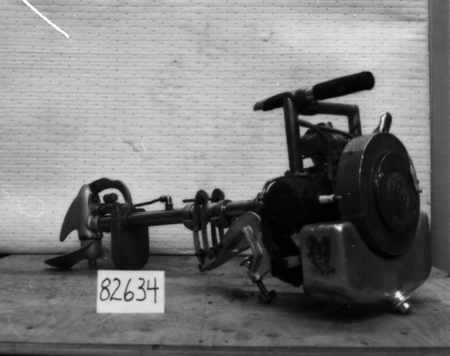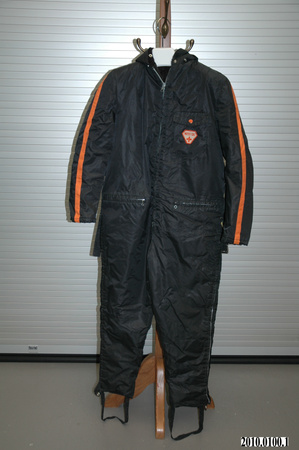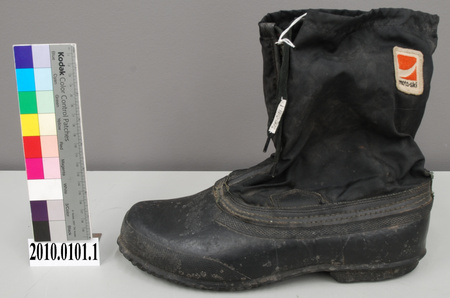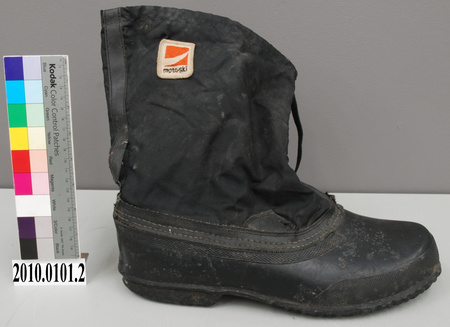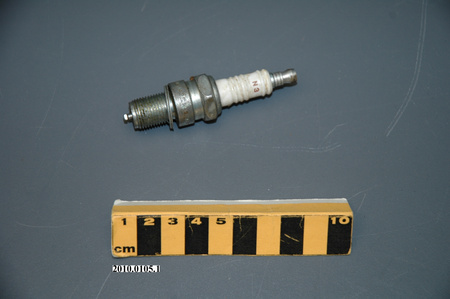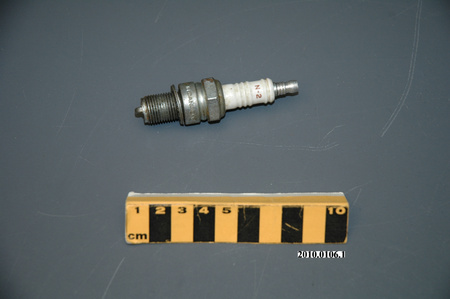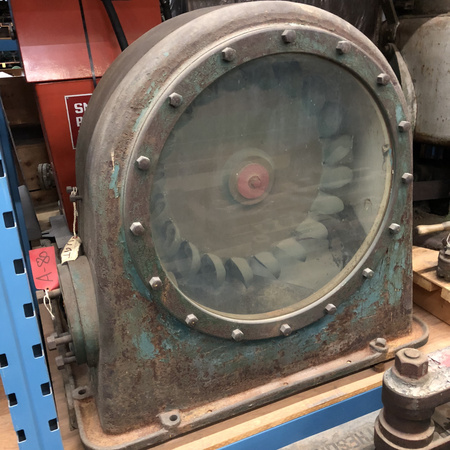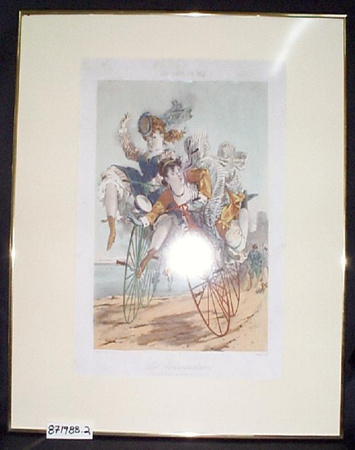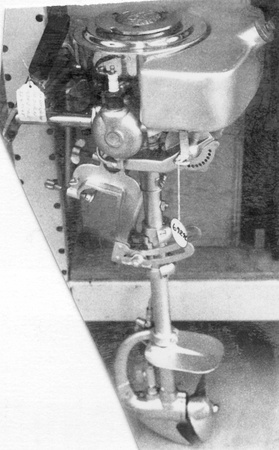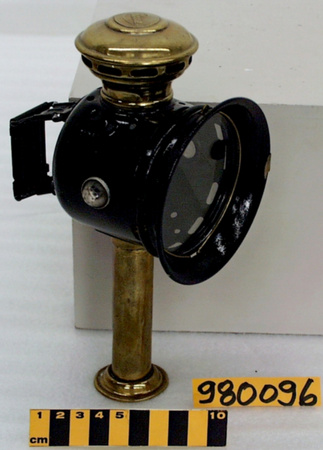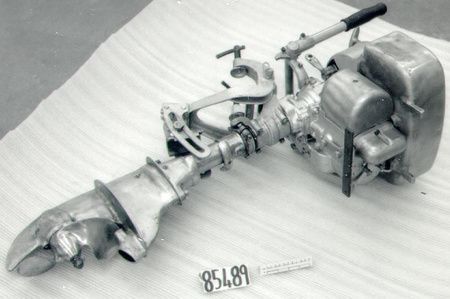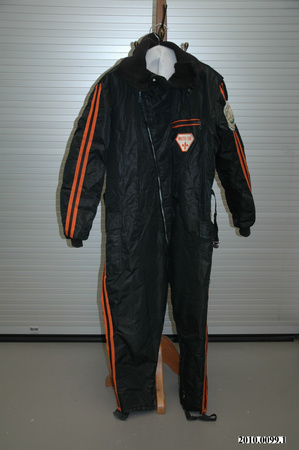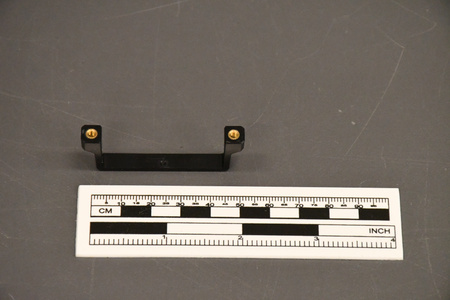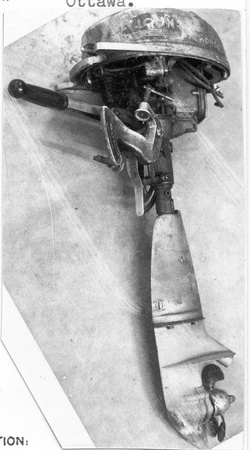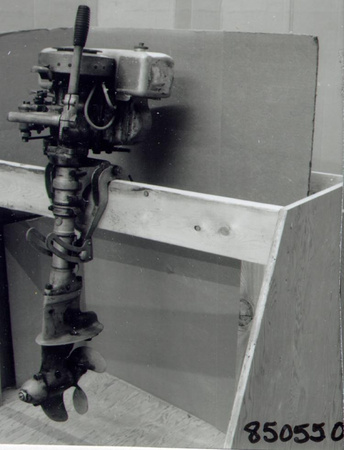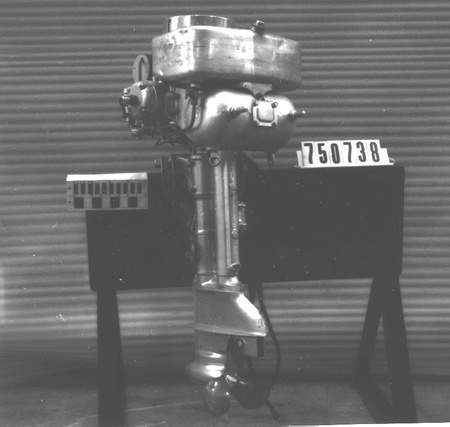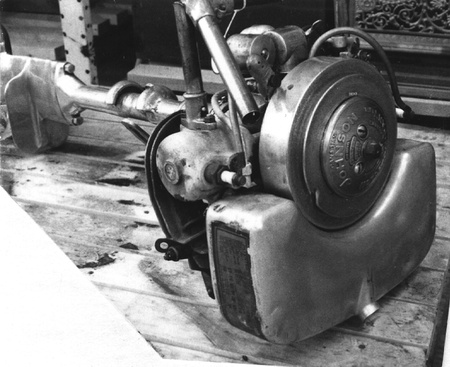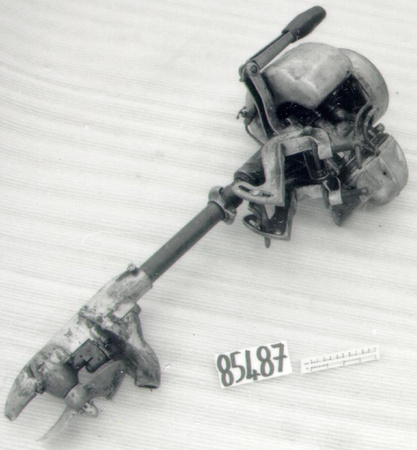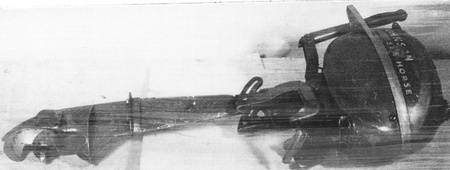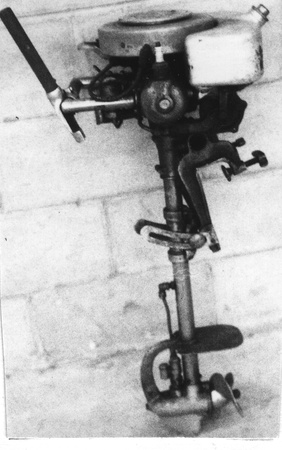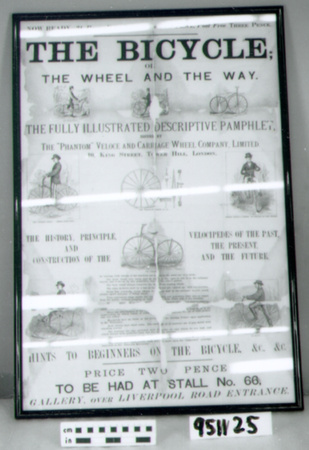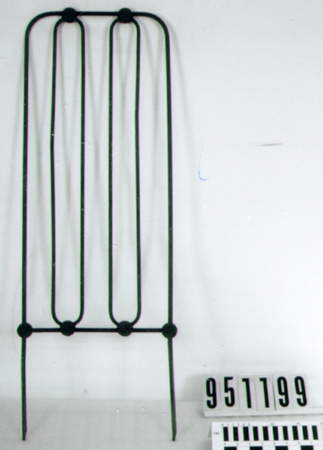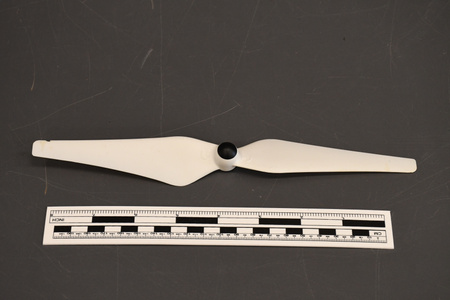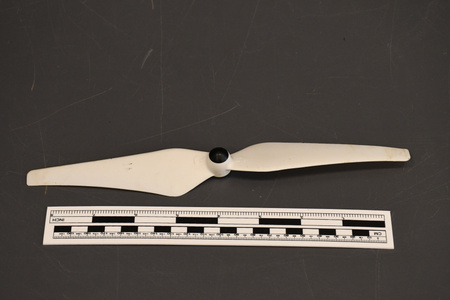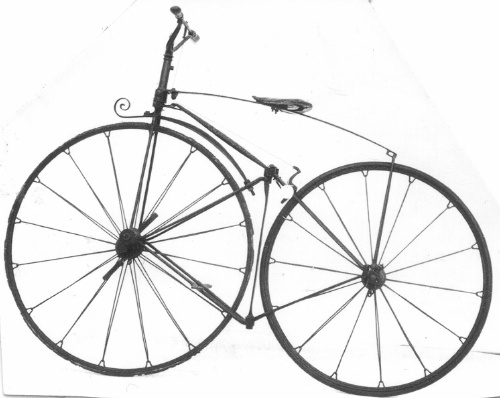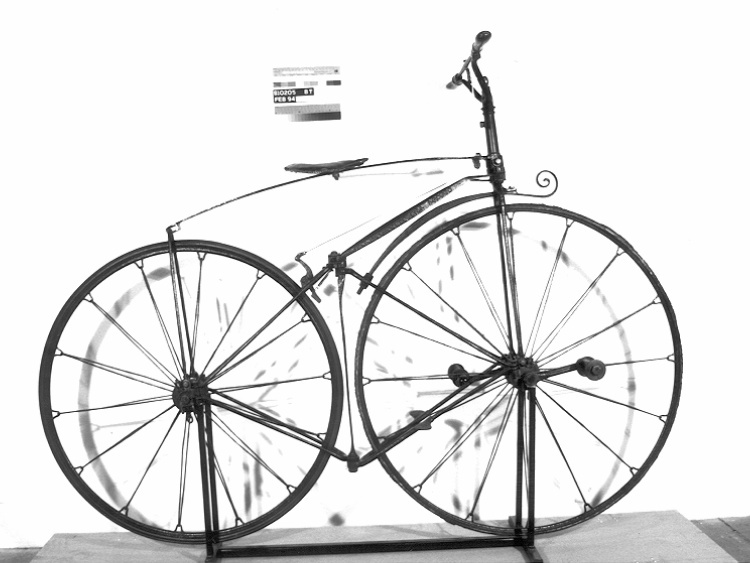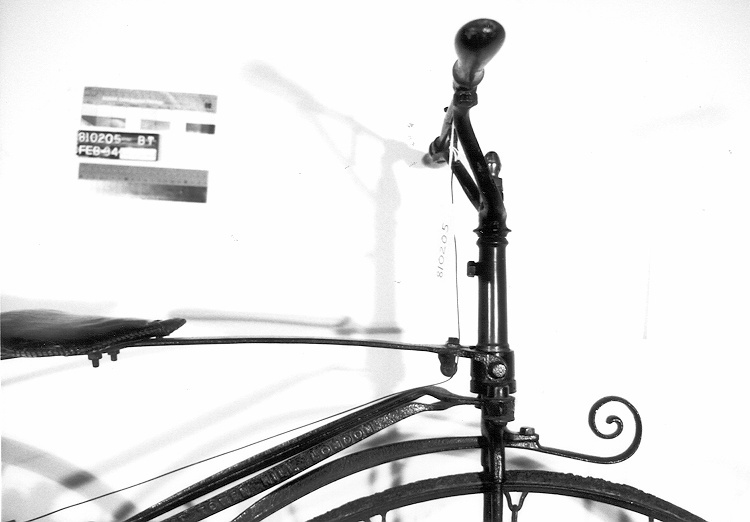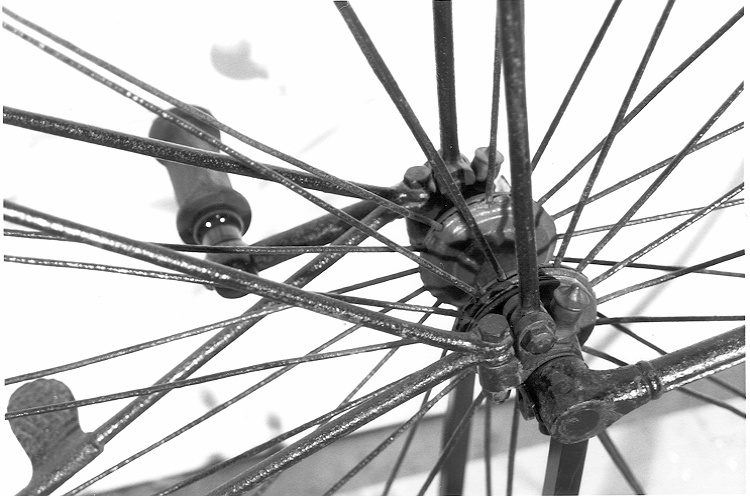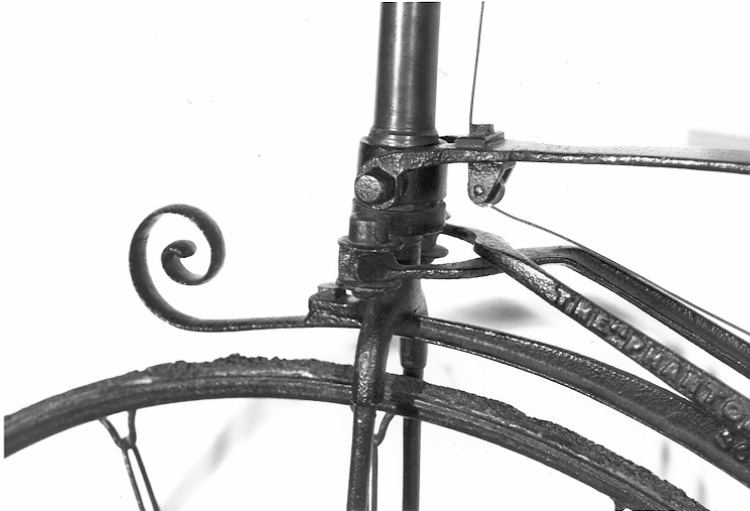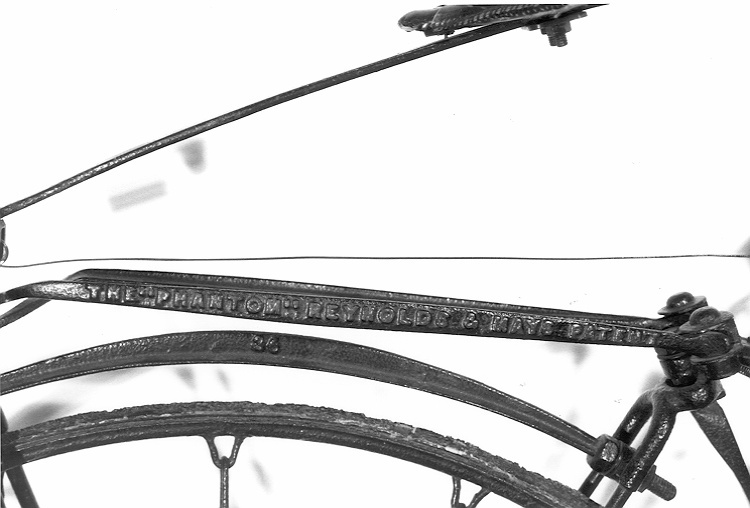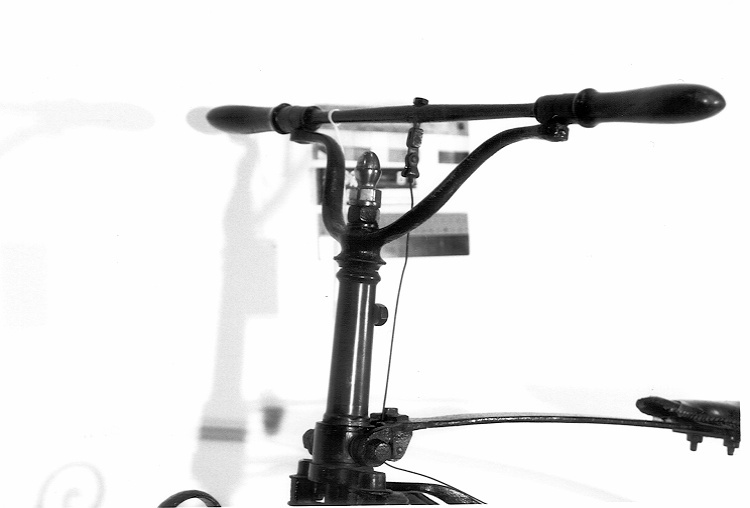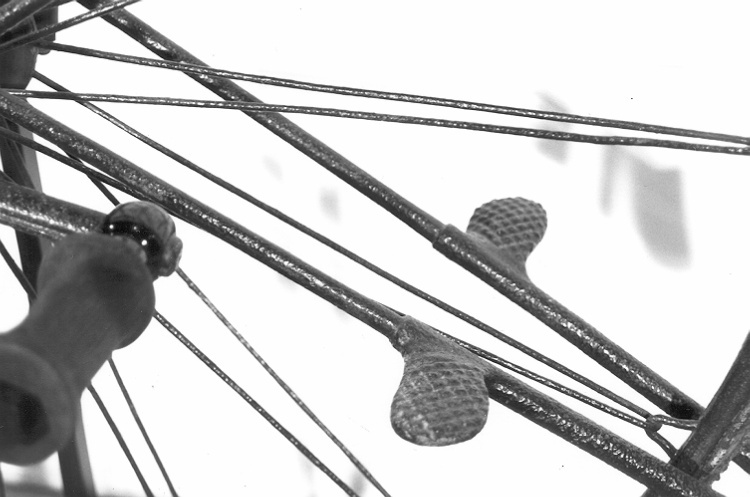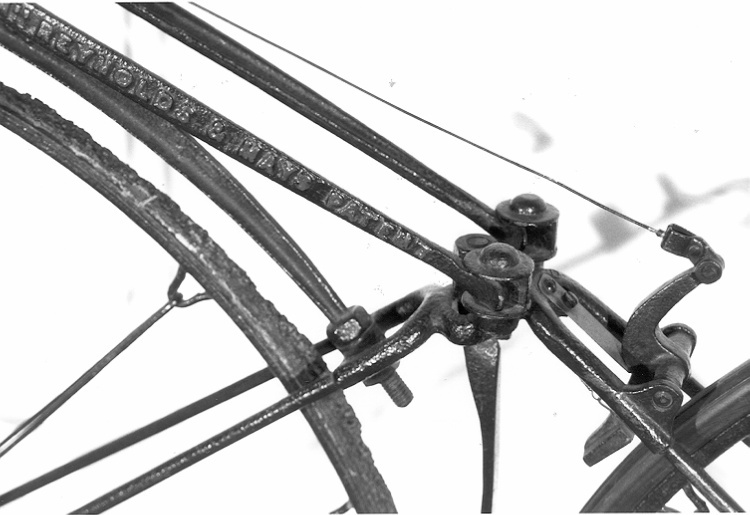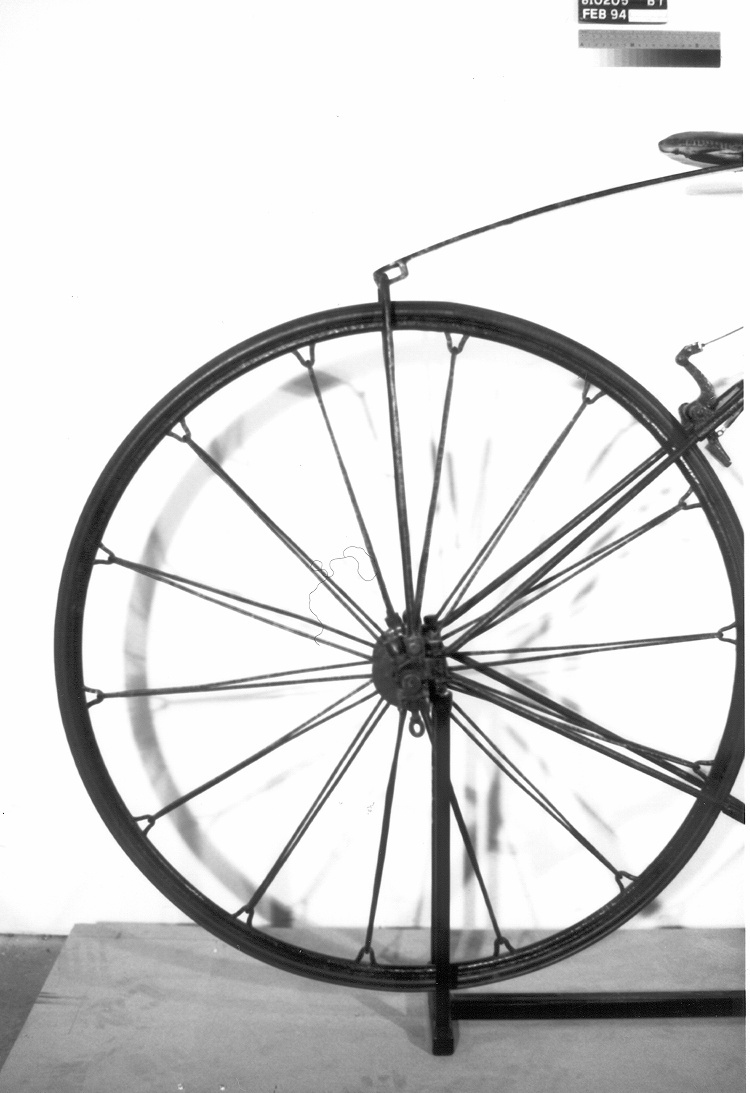Bicycle
Use this image
Can I reuse this image without permission? Yes
Object images on the Ingenium Collection’s portal have the following Creative Commons license:
Copyright Ingenium / CC BY-NC-ND (Attribution-NonCommercial 4.0 International (CC BY-NC 4.0)
ATTRIBUTE THIS IMAGE
Ingenium,
1981.0205.001
Permalink:
Ingenium is releasing this image under the Creative Commons licensing framework, and encourages downloading and reuse for non-commercial purposes. Please acknowledge Ingenium and cite the artifact number.
DOWNLOAD IMAGEPURCHASE THIS IMAGE
This image is free for non-commercial use.
For commercial use, please consult our Reproduction Fees and contact us to purchase the image.
- OBJECT TYPE
- velocipede, boneshaker/direct drive/articulated frame
- DATE
- 1869
- ARTIFACT NUMBER
- 1981.0205.001
- MANUFACTURER
- Reynolds, W.F. & Mays, J.A.
- MODEL
- Phantom
- LOCATION
- London, England
More Information
General Information
- Serial #
- 36 ?
- Part Number
- 1
- Total Parts
- 1
- AKA
- N/A
- Patents
- N/A
- General Description
- METAL FRAMEWORK; SPRING, STEM (BRONZE), FORKS, STEERING COLUMN/ WHEELS- METAL W. RUBBER TIRES/ WOOD GRIPS ON STEERING COLUMN/ LEATHER SADDLE
Dimensions
Note: These reflect the general size for storage and are not necessarily representative of the object's true dimensions.
- Length
- 175.0 cm
- Width
- 60.0 cm
- Height
- 130.0 cm
- Thickness
- N/A
- Weight
- N/A
- Diameter
- N/A
- Volume
- N/A
Lexicon
- Group
- Non-motorized Ground Transportation
- Category
- Cycles & cycling
- Sub-Category
- N/A
Manufacturer
- AKA
- Reynolds
- Country
- England
- State/Province
- Unknown
- City
- London
Context
- Country
- Unknown
- State/Province
- Unknown
- Period
- Unknown
- Canada
-
For Canadians, the Phantom became one of the milestone vehicles that inspired improvements to rider comfort and accessibility, making it a more competitive option for riders. In the 1870s, regular demonstrations of machinery would occur in large cities so foreign cycle manufacturers could attract Canadian clients. By displaying their bicycles, cycle makers marketed to potential makers as well. The Canadian market was originally largely filled with import machines before the Phantom. The innovative modifications of this bicycle would become the stepping stone that would lead to the Ordinary bicycle, which incidentally influenced the development of local Canadian bicycle industry. In the 1870s, the Phantom caught the eye of bicycle makers throughout Europe and North America. Activities like races served mainly to identify which bikes were the fastest and most likely to be in demand for Canadians. Le bicycle nommée le Phantom est devenu un des véhicules qui a inspiré des adaptations pour augmenter le confort des coureurs ainsi que l'accessibilité pour les passagers canadiens grâce à leur prix moins élevé. Autour des années 1870 les démonstrations se passaient dans les plus grandes villes pour pouvoir attirer des consommateurs et des manufactures canadiennes. Le marché était donc rempli avec des machines importées avant la création du Phantom. Les modifications de ce bicycle ont aussi influencé la forme du bicycle Ordinaire ainsi que l'industrie canadienne de plusieurs bicycles en conséquence. Les années 1870 ont amené l'attention de producteurs du Nord d'Amérique et l'Europe a fabriqué des modèles similaires au Phantom. Des courses de bicycles servaient à identifier le véhicule le plus rapide et celui qui pouvait attirer le plus de demande chez les consommateurs canadiens. - Function
-
This artifact is powered by a user’s feet in order as a method of two wheeled transportation. Cet artefact est une méthode de transport qui est propulsé par les pieds de l'utilisateur. - Technical
-
Velocipedes during the late 1860s and 1870s saw a huge number of experimental variants. The Phantom was likely one of the first models to utilize rubber treading. Reynolds and Mays experimented with positioning the rider more forwards, bringing more weight to the front wheel. Additionally, the Phantom model is one of the first boneshakers to feature wire spokes, being the first milestone in weight reduction, allowing for bigger wheels for the same weight, and for faster travel. The Phantom introduced rubber-shod iron wheels that “significantly reduced vibration and jar.” An interesting technical aspect of the Phantom is in its turning operation. The Phantom’s frame features a central hinge, which means that to turn, the rider twists the front wheel side to side, forming a tighter turning circle. When the front wheel turned, the riders’ body turned with it. This development allowed for a tighter turning radius. Although seeing little commercial success, some features of this experimental boneshaker lived on to influence other designs in the future, with the weight reduction and wire spokes living on in the big-wheel era of the 1870s – 1880s. Les vélocipèdes des années 1860 et 1870 ont eu plusieurs variations et le Phantom n'était pas une exception. Ce bicycle était un des premiers modèles à utiliser des bandes de roulements en caoutchouc. Reynolds et Mays ont aussi décidé de positionner le coureur vers-le devant du véhicule pour garder plus de poids sur la roue. De plus, le Phantom était un des premiers à utiliser des rayons métalliques pour diminuer le poids du bicycle et une augmentation de la vitesse. Ceci pouvait permettre d'autres innovations comme une roue plus grandes. Le Phantom a aussi introduit des roues fer avec et caoutchouc avec métal avec sabot “pour réduire les chocs et vibrations quand il était en opération. ” Le châssis du Phantom à une charnière centrale que permet la roue au-devant du bicycle et le coureur de pivoter en même temps pour former un cercle plus petit. Ceci réduit le rayon de virage. Plusieurs caractéristiques du Phantom était à l'essai, mais quelques-uns ont inspirées d'autres conceptions dans les années 1880s. - Area Notes
-
Unknown
Details
- Markings
- MFR'S INFORMATION CAST IN RAISED LETTERING, ON BOTH SIDES OF FRAME & PAINTED RED: 'THE "PHANTOM" TRYNOLFD & MAYS PATENT - 10 KING ST., TOWER HILL, LONDON', '36'
- Missing
- ONE FOOT PEDAL
- Finish
- PAINTED BLACK EXCEPT FOR HUBS, STEM & STEM FINIAL/ HUBS- REDDISH BROWN, STEM- UNFINISHED BRONZE, FINIAL- BRASS (POSSIBLY BLACK PAINT WAS CLEANED OFF AT SOME POINT)
- Decoration
- ACORN SHAPED FINIAL AT TOP STEM
CITE THIS OBJECT
If you choose to share our information about this collection object, please cite:
Reynolds, W.F. & Mays, J.A., Bicycle, circa 1869, Artifact no. 1981.0205, Ingenium – Canada’s Museums of Science and Innovation, http://collection.ingenium.ca/en/id/1981.0205.001/
FEEDBACK
Submit a question or comment about this artifact.
More Like This
